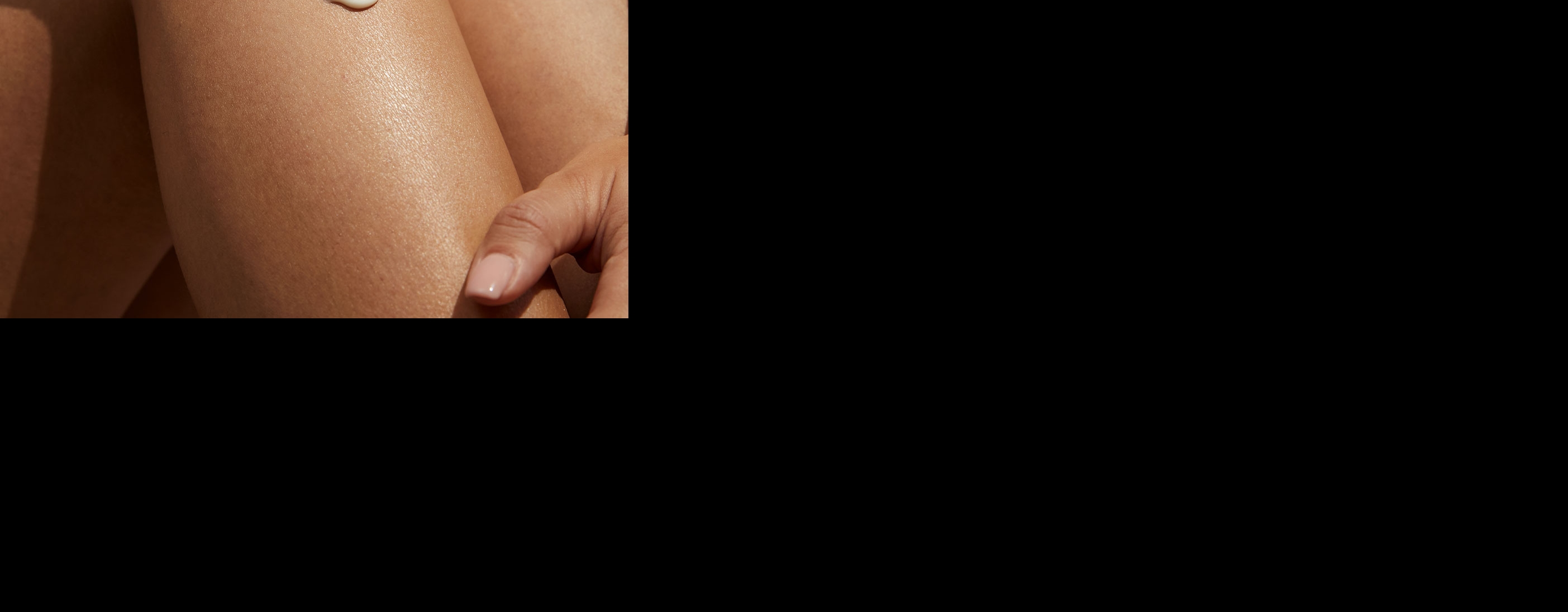Lactic Acid is a naturally occurring water-soluble alpha hydroxy acid (AHA) found in fermented foods. It’s also produced by the body lacking oxygen to produce more energy via the breakdown of glucose.
In skincare, Lactic Acid is renowned for its ability to remove dead skin cells, improve skin texture, and maintain the skin's natural moisture barrier. Lactic Acid is commonly used in cleansers, exfoliants, and serums, where it mainly acts on the surface-level to exfoliate dead skin cells while helping the skin to remain pH-balanced.
The NIVEA Derma Skin Clear range offers effective cleansing products - in particular, the Anti-Blemish Scrub also contains Lactic Acid for a well-rounded skincare routine.

